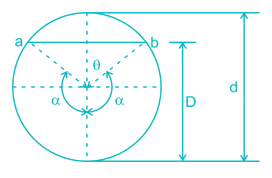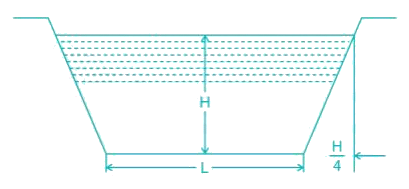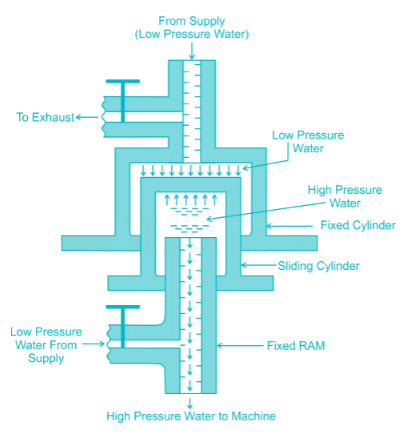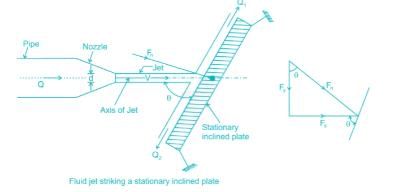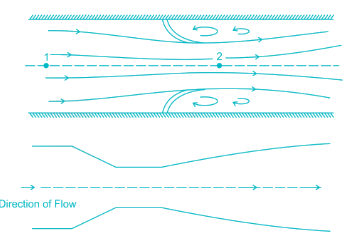Fluid Mechanics - 4 - Mechanical Engineering MCQ
20 Questions MCQ Test SSC JE Mechanical Mock Test Series 2025 - Fluid Mechanics - 4
Run away speed of the hydraulic turbine is corresponding to speed if:
The viscosity of liquid _________ with increase in temperature.
For Bernoulli’s equation to remain valid, which of the following is NOT required?
Which of the following causes the major loss in the long pipes?
Bluff body is the body of such a shape that pressure drag as compared to friction drag is
The most economical section of circular channel for maximum discharge is obtained when (Where, d is the diameter of circular section)
The rise or depression of liquid in a tube due to surface tension with an increase in the size of the tube will
ν=0.0022t−  is the equation to determine kinematic viscosity of liquids by
is the equation to determine kinematic viscosity of liquids by
The volumetric change of the fluid caused by a resistance is ________
The boundary layer is formed as the flowing fluid comes in contact with the solid surface, because of the action of:
An impulse turbine produces 50 kW of power when the blade mean speed is 400 m/s. What is the rate of change of momentum tangential to the rotor?
The cipoletti weir functions as if it were a following notch without end contractions
Friction drag is generally larger than the pressure drag in _______.
The force exerted by the jet on fixed plate shown in the figure below is equal to:
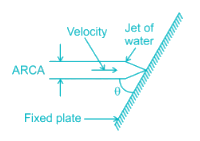
The energy loss in flow through nozzle as compared to venturimeter is
|
3 videos|1 docs|55 tests
|





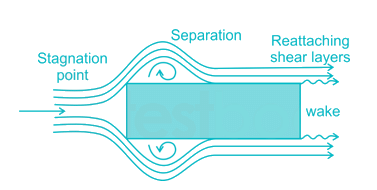 A bluff body is defined as that body whose surface does not coincide with the streamlines when placed in a flow. Then the flow is separated from the surface of the body much ahead of its trailing edge with the result of a very large wake formation. Then the drag due to pressure will be very large as compared to the drag due to friction on the body.
A bluff body is defined as that body whose surface does not coincide with the streamlines when placed in a flow. Then the flow is separated from the surface of the body much ahead of its trailing edge with the result of a very large wake formation. Then the drag due to pressure will be very large as compared to the drag due to friction on the body.